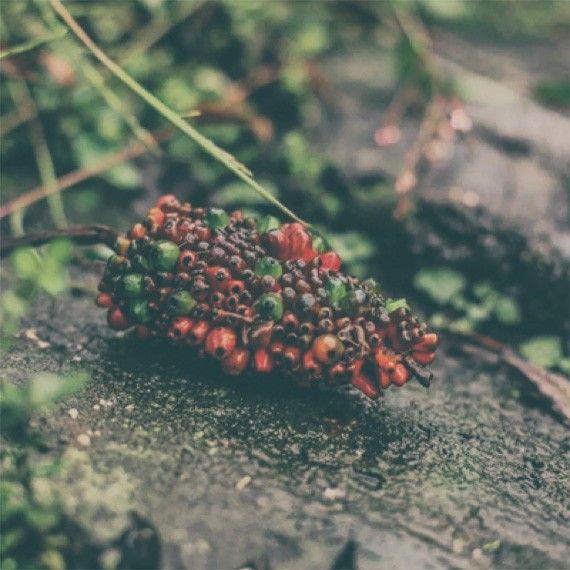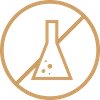Diatomaceous earth consists of the fossilised remains of diatoms – microscopic unicellular microalgae – whose shells contain particularly high amounts of silica. They live in freshwater and marine environments and have the ability to absorb silicic acid from seawater and convert it into silica for their own shells. For this reason, diatomite deposits are often found in areas close to volcanoes. There, the microalgae have access to easily soluble silicic acid from the volcanic rock.
During their life, they lose their shells and thus enrich the soil with their silicic acid-containing cell envelopes. If their biotope changes due to the drying out of a lake or other environmental influences, they can even die off en masse. The diatom soil that then develops is deposited and sometimes forms metre-high layers that contain particularly high amounts of silica.
Silica
This mineral's name comes from the Latin word "silex," meaning hard stone. At 28%, silica is the second most abundant element in the earth's crust. For every kilogram of body weight in the human body, approximately 20mg is silica, a value that seems to decrease with age. It is found in connective tissue, blood vessels, tendons and ligaments as well as bones, cartilage, hair and nails. Whole grains (brown millet and oats, in particular), as well as horsetail, bamboo shoots and diatoms, are good sources of silicon.
Organic Silica
Silica is present in plants and other organisms in the form of orthosilicic acid, a compound which is not fully bioavailable in the presence of certain dietary fibres. Our diatomaceous earth capsules, standardised to 77% silica, contain 350mg silica, of which 163.5mg is silicon.
Silica Requirements
Silica is a component of connective tissue and bone-forming osteoplasts. Silica has not yet been given an official daily recommendation for consumption. Experts suspect that silica requirements are increased in cases of aluminium poisoning, osteoporosis and old age. The average amount excreted in urine is between 10–40mg per day.































